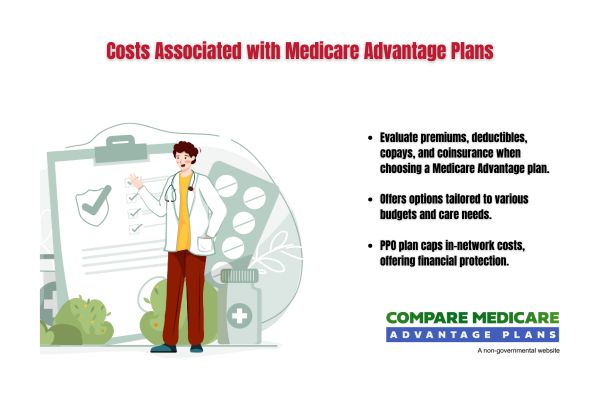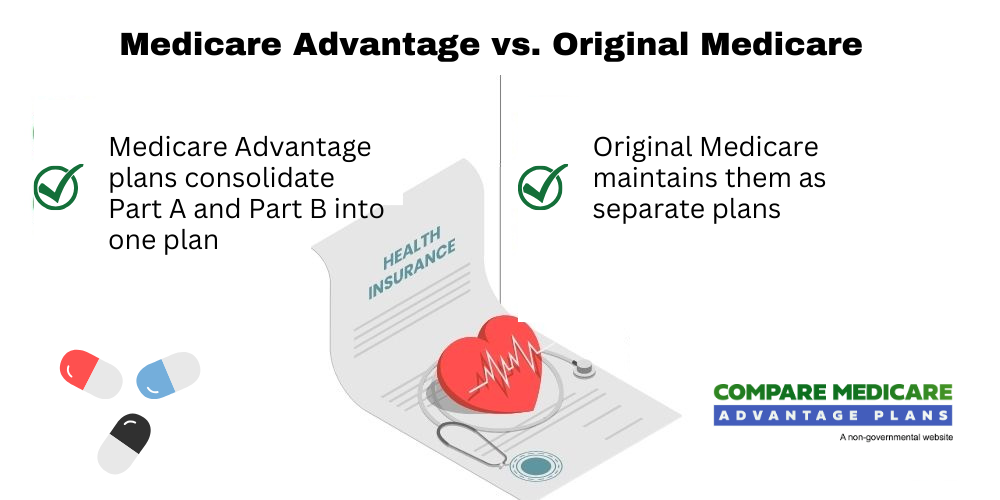Overview of Medicare Advantage Plans in 2026

Medicare Advantage plans, also known as Medicare Part C, provide an alternative to Original Medicare. These plans often include coverage for hospital care, doctor visits, and frequently, prescription drug coverage. They’re offered by private insurers approved by Medicare and are designed to cover everything that Original Medicare does, plus additional benefits.
In 2026, the following projections are expected regarding Medicare Advantage plans:
- Approximately 48% of people enrolled in Medicare will opt for Medicare Advantage plans.
- Over 99% of Medicare beneficiaries will have access to these plans.
- 97% of beneficiaries will have access to at least ten plan options.
- Enrollment in Medicare Advantage is projected to reach 34 million, reflecting its growing popularity.
- The total number of available plans is projected to decline, dropping from 5,633 in 2025 to approximately 5,600 in 2026.
One of the most appealing aspects of Medicare Advantage plans is the cost. The average monthly premium for these plans is expected to drop from $16.40 in 2025 to $14.00 in 2026, making them more affordable for many. This trend towards lower premiums, combined with the comprehensive coverage offered, makes Medicare Advantage an attractive option for many seniors.
Benefits of Medicare Advantage Plans
One of the standout benefits of Medicare Advantage plans is the inclusion of Part D coverage, which helps with prescription drug costs. In fact, many plans include this medicare prescription drug coverage at no additional premium beyond the standard Medicare Part B premium. This can be a significant cost-saving measure for those who take regular prescription medications.
Additionally, Medicare Advantage plans often offer services that Original Medicare does not, such as dental, vision, and hearing coverage. These extra benefits and supplemental benefits can greatly enhance your healthcare experience and ensure that you have comprehensive coverage for all aspects of your health, including medicare supplement plans.
Beyond medical benefits, many Medicare Advantage plans provide extra perks aimed at improving the quality of life for seniors. This includes fitness programs to encourage physical activity, transportation assistance, and meal delivery services. These benefits can make a significant difference in maintaining an active and healthy lifestyle.
Another advantage is the financial aspect:
- Medicare Advantage plans receive federal payments called rebates.
- These rebates average over $2,300 per enrollee in 2024.
- The rebates allow plans to offer additional benefits.
This means you get more value from your plan, making Medicare Advantage a compelling choice for many.
Cost Analysis of Medicare Advantage Plans

Understanding the various costs involved is crucial when considering Medicare Advantage plans. These plans have varying costs for premiums, deductibles, and out-of-pocket limits, which can change annually. Notably, the average monthly premium for Medicare Advantage plans has decreased significantly over the years, from $36 in 2015 to $14 in 2024.
Despite the lower premiums, you must continue paying your Part B premium while enrolled in a Medicare Advantage plan. This is an important consideration when budgeting for your healthcare costs.
One of the significant advantages of Medicare Advantage plans is the cap on out-of-pocket expenses. Unlike Original Medicare, which does not have a maximum limit, these plans offer financial protection by capping the out-of-pocket costs. Once you reach this limit, the plan covers 100% of eligible services, providing peace of mind and financial security.
Each Medicare Advantage plan may also impose different copayments for services, which can vary based on the type of care accessed. The out-of-pocket maximum for these plans cannot exceed $8,850 for in-network services and $13,300 for combined services. Understanding these costs is crucial to ensuring that you choose a plan that fits your financial situation.
Comparing Medicare Advantage Plan Types
Medicare Advantage plans come in various types, each offering unique benefits and cost structures. The main types include:
- Health Maintenance Organization (HMO) plans
- Preferred Provider Organization (PPO) plans
- Private Fee-for-Service (PFFS) plans
- Special Needs Plans (SNP)
Each type has its own set of rules regarding provider networks, referrals, and out-of-pocket costs.
PFFS plans enable beneficiaries to choose any Medicare-approved provider without needing a network, offering greater flexibility in provider access and accommodating provider preferences. This can be particularly beneficial for those who want the freedom to select their healthcare providers without network restrictions.
How to Choose the Right Medicare Advantage Plan
Selecting the right Medicare Advantage plan involves several key considerations. First, it’s crucial to verify if your preferred doctors and hospitals are part of the plan’s network before enrolling. Some plans allow visits to out-of-network providers, but this usually comes at a higher cost.
Additionally, ensure that the medications you take are covered by the pharmacy plan’s drug plans formulary, as this can vary significantly between plans. Checking this can save you from unexpected prescription drug plan costs down the line.
Finally, consider other costs and overall benefits, including premiums, copayments, and out-of-pocket maximums. Assessing your healthcare needs and budget will help you decide on a health insurance plan choices that offers the best value and coverage for your specific situation to pay for, keeping in mind the trade offs involved.













